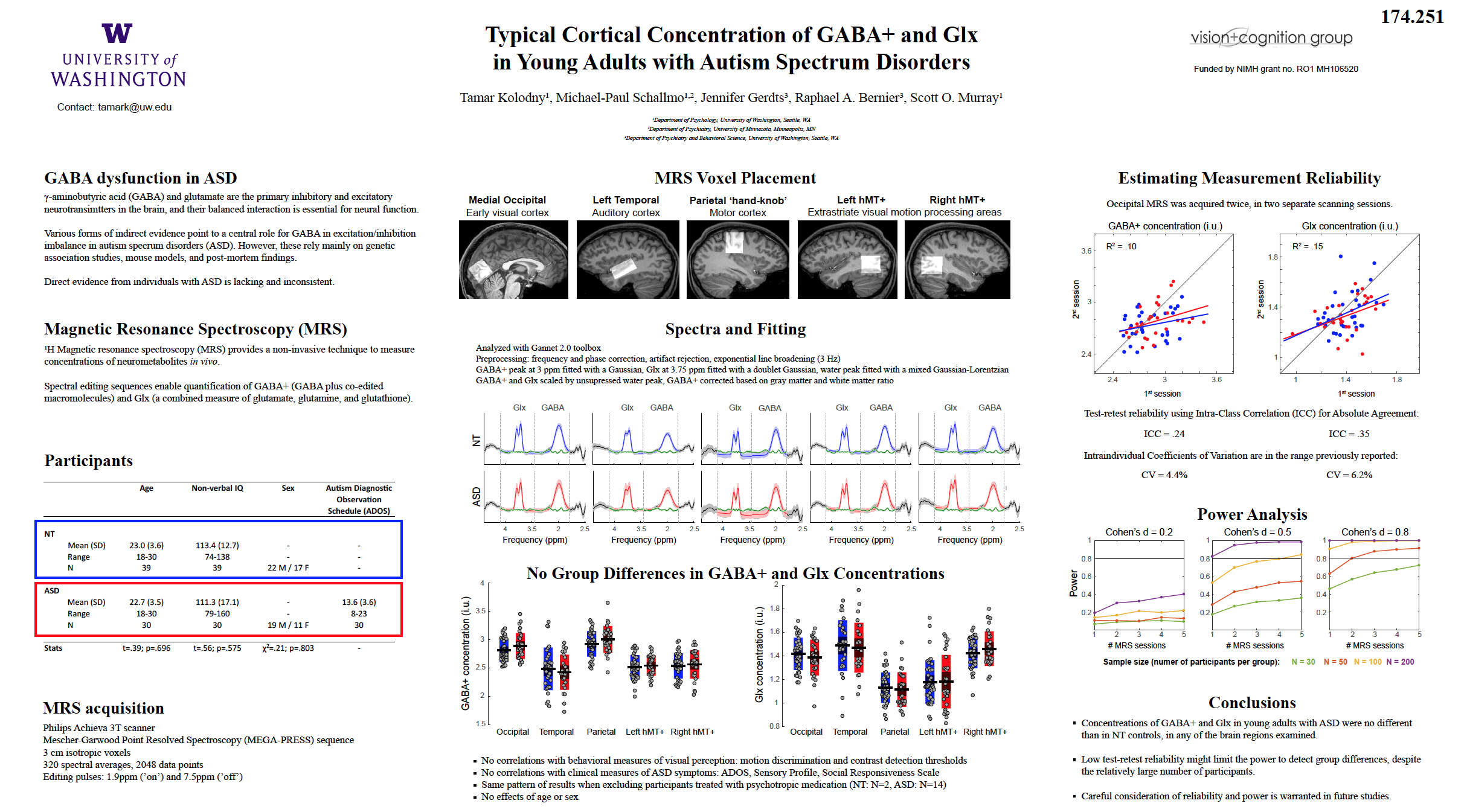INSAR 2019 has begun, and the Bernier Lab showed to this years International Meeting for Autism Research, in Montreal, Canada, in amazing numbers! You can find our teams posters and talks on our website here at our webpage INSAR 2019. Here is a list of our team’s presentations:
At the International Society for Autism Research (INSAR) annual meeting, we will be presenting the following:
Thursday May 2, 2019
- Oral presentation: 2:05 pm in Room 516ABC
- Dr. Caitlin Hudac will be presenting a talk on “Characterizing the neural phenotype of CHD8 and CHD8-regulated targets”.
- Poster presentations: 5:30-7:30pm in Room 710
- Brenna Boyd will be presenting r on “A comparison of Head Circumference Growth Trajectories in the Context of the CHD8 Regulatory Network.”
- Monique Mahony will be presenting on “GroopIt: An Innovative Platform to Speed up Rare Genetic Disorder Research.”
- Sandy Trinh will be presenting on “Exploring Social Profiles of Individuals with 16p11.2 Deletion and Duplication.”
Friday May 3, 2019
- Poster presentations: 11:30 am – 1:30 pm
- Poster presentations: 5:30-7:30pm in Room 710
- Dr. Caitlin Hudac will be presenting on “Examining the Broader Autism Phenotype in the Context of Genetic Etiology.”
- Dr. Eva Kurtz-Nelson will be presenting on the “Clinical phenotype of de novo mutations in CHD2.”

